In the dynamic world of digital products and services, success hinges on delivering seamless and intuitive user experiences. User testing, the practice of evaluating a product or service by testing it with representative users, is the cornerstone of this pursuit. By observing real users interacting with your offering, you gain invaluable insights into their behaviors, pain points, and preferences, allowing you to refine your design and development process for optimal usability and satisfaction.
This article delves into the intricacies of user testing, exploring its advantages, methodologies, practical tips, available resources, and real-world applications.
The Advantages of User Testing: A Foundation for Success
User testing offers a multitude of benefits that extend beyond mere usability improvements. It also plays a vital role in identifying unexpected user behaviors and uncovering hidden opportunities for product enhancement. Moreover, it strengthens the connection between the development team and the end-users, fostering a collaborative approach to product refinement.
Identifies Usability Issues Early in the Development Cycle
It prevents costly rework and ensures a smoother user experience upon launch. By uncovering potential roadblocks and areas of confusion, you can address them proactively, saving time and resources.
Provides Objective Feedback
Grounding design decisions in real user data rather than subjective opinions or assumptions. This data-driven approach fosters a user-centric culture, ensuring that the product aligns with the needs and expectations of its target audience.
Enhances User Satisfaction and Loyalty.
By creating a product that is easy and enjoyable to use, you increase user engagement and foster positive brand perception. Satisfied users are more likely to recommend your product to others, driving organic growth and expanding your customer base.
Reduces Support Costs.
By addressing usability issues proactively, you minimize the need for extensive customer support, freeing up resources and improving overall efficiency.
Competitive Advantage.
A product with superior usability stands out in a crowded marketplace, attracting users and driving market share. By prioritizing user feedback, you can gain a significant edge over competitors who neglect this crucial aspect of product development.
How to Conduct Effective User Testing: A Step-by-Step Guide
Conducting effective user testing requires a structured approach that encompasses careful planning, execution, and analysis. Here is the step-by-step guide:
1. Define Clear Objectives
Begin by identifying the specific goals of your user testing. What aspects of the product or service do you want to evaluate? What specific usability issues are you trying to uncover? Clearly defined objectives will guide your testing process and ensure that you gather relevant data.
2. Develop User Scenarios and Tasks
Create realistic scenarios and tasks that represent how users would typically interact with your product. These scenarios should be specific, measurable, achievable, relevant, and time-bound (SMART). For example, instead of asking users to "explore the website," ask them to "find the contact information for customer support."
3. Recruit Representative Users
Select participants who accurately reflect your target audience. Consider factors such as demographics, technical proficiency, and prior experience with similar products. Aim for a diverse group of participants to capture a wide range of perspectives.
4. Choose the Appropriate Testing Method
Select a testing method that aligns with your objectives and resources. Common methods include moderated usability testing, unmoderated usability testing, A/B testing, and surveys. Moderated testing involves a facilitator guiding participants through the tasks, while unmoderated testing allows participants to complete tasks independently.
5. Prepare the Testing Environment
Create a comfortable and distraction-free environment for participants. Ensure that the testing setup accurately reflects the intended user experience.
6. Conduct the Testing Sessions
During the testing sessions, observe participants closely and take detailed notes on their behaviors, comments, and facial expressions. Encourage participants to think aloud and verbalize their thoughts and feelings.
7. Analyze the Data and Identify Key Findings
After the testing sessions, analyze the data collected and identify key usability issues and patterns. Prioritize these findings based on their impact on the user experience.
8. Implement Changes and Iterate
Use the insights gained from user testing to make necessary changes to your product or service. Iterate on your design and development process, continuously refining the user experience based on user feedback.
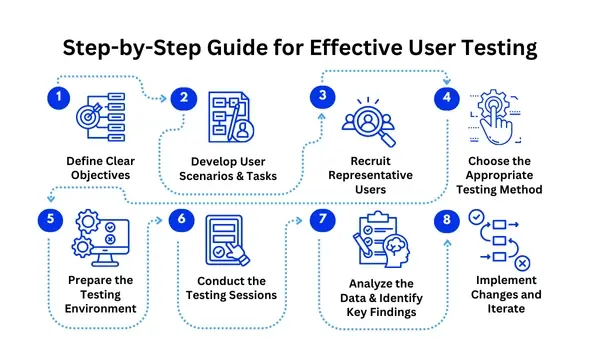
Essential User Testing Tips: Maximizing Insights and Efficiency
To truly unlock the power of user testing, it's crucial to implement strategic practices that enhance the quality and depth of the insights gathered. By employing these essential tips, you can streamline your testing process and ensure that every session contributes significantly to optimizing your product's user experience.
- Start Early and Test Often
Integrate user testing throughout the development lifecycle, from initial concept to post-launch optimization. Early testing can prevent costly mistakes and ensure that your product aligns with user needs.
- Focus on Key Tasks
Prioritize testing tasks that are critical to the user's core experience. Avoid overwhelming participants with too many tasks or irrelevant features.
- Encourage Honest Feedback
Create a safe and comfortable environment where participants feel free to express their honest opinions and concerns. Emphasize that you are testing the product, not the participant.
- Observe Nonverbal Cues
Pay attention to participants' body language, facial expressions, and tone of voice. These nonverbal cues can provide valuable insights into their emotional responses and underlying frustrations.
- Don't Lead the Witness
Avoid asking leading questions or providing hints that could influence participants' behavior. Allow them to navigate the product naturally.
- Record and Document Everything
Capture all testing sessions, including audio, video, and screen recordings. Detailed documentation will facilitate data analysis and ensure that you don't miss any critical insights.
- Prioritize Findings and Create Actionable Recommendations
Focus on the most significant usability issues and develop clear, actionable recommendations for improvement.
- Test with Diverse User Groups
Ensure that your testing participants represent the full spectrum of your target audience, including users with disabilities or varying levels of technical expertise.
- Use a Pilot Test
Before conducting full-scale testing, run a pilot test with a small group of participants to identify any potential issues with your testing setup or scenarios.
- Embrace Iteration
User testing is an iterative process. Be prepared to make changes based on user feedback and continuously refine your product.
App Resources and Comparison: Tools for Effective User Testing
Numerous software applications and platforms are available to support user testing efforts. These tools offer a range of features, including remote testing capabilities, screen recording, heatmaps, and analytics.
A popular platform that offers both moderated and unmoderated testing, as well as a large pool of participants. It provides detailed analytics and insights, making it a comprehensive solution for user testing.
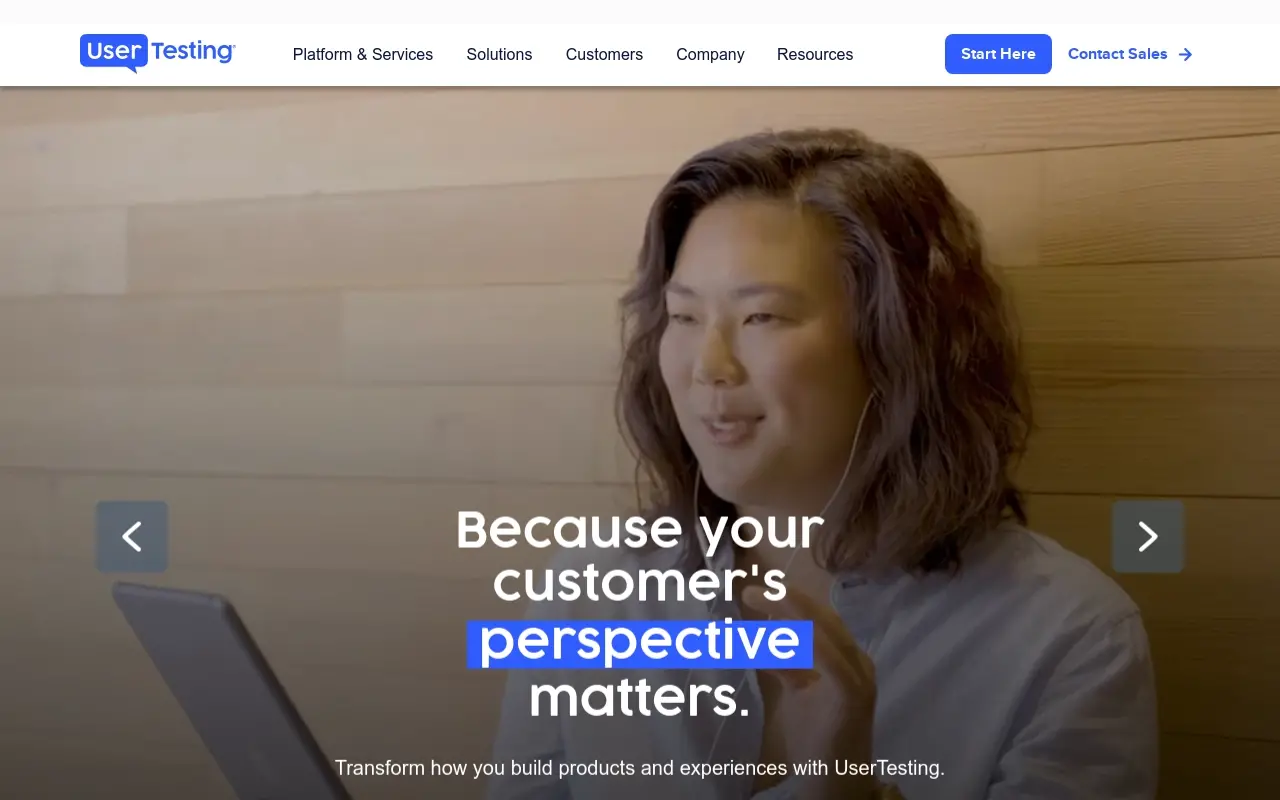
Pros and Cons by using UserTesting
Pros
Cons
Pros:
Comprehensive Platform: Offers both moderated and unmoderated testing, catering to various testing needs.
Large Participant Pool: Provides access to a wide range of demographics and user profiles, ensuring representative testing.
Detailed Analytics: Delivers robust analytics and insights, facilitating data-driven decision-making.
Professional Quality: Known for high-quality video and audio recordings.
Enterprise-focused: Good for large organizations.
Cons:
Higher Cost: This can be relatively expensive, especially for smaller organizations or startups.
Steep Learning Curve: The platform's extensive features may require some time to master.
Can be overwhelming: The large amount of data can be hard to sort through.
A tool that focuses on remote moderated testing, allowing you to conduct live sessions with participants and observe their interactions in real time.
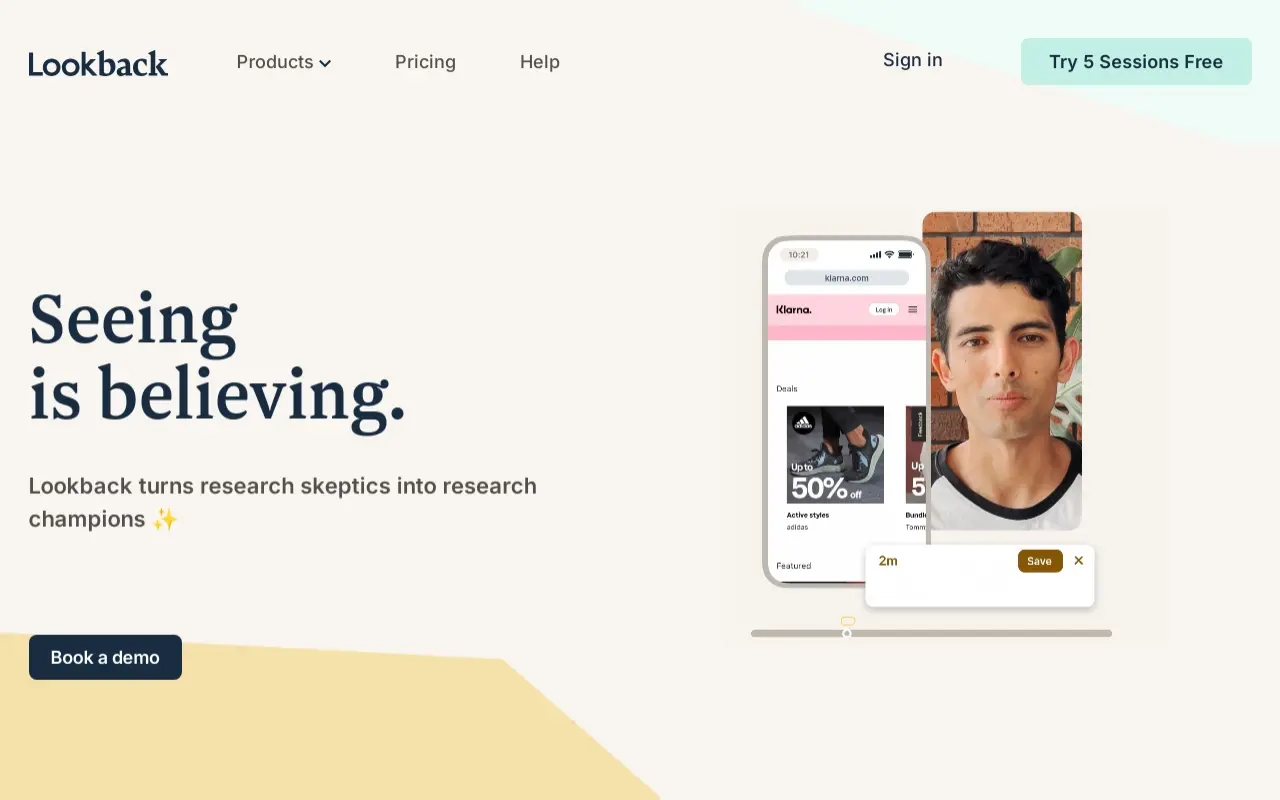
Pros and cons of Using Lookback
Pros
Cons
Pros:
Real-Time Moderated Testing: Enables direct interaction with participants, facilitating deeper insights.
Easy to Use: A User-friendly interface simplifies the process of conducting remote moderated sessions.
Screen and Camera Recording: Captures both screen activity and participant reactions, providing a comprehensive view of the user experience.
Team Collaboration: Facilitates collaboration among team members during testing sessions.
Cons:
Limited Unmoderated Testing: Primarily focused on moderated testing, limiting flexibility.
Reliance on Internet Connection: Requires a stable internet connection for both the facilitator and participants.
Recruitment is up to the user: Lookback does not provide a pool of test users.
A platform that specializes in unmoderated usability testing, offering features such as heatmaps, click tracking, and task completion rates. It's particularly useful for testing prototypes and wireframes.

Pros and cons of using Maze
Pros*
Cons
Pros:
Efficient Unmoderated Testing: Streamlines the process of conducting unmoderated usability tests.
Prototype and Wireframe Testing: Specifically designed for testing prototypes and wireframes, making it ideal for early-stage development.
Heatmaps and Click Tracking: Provides valuable insights into user interactions and behavior.
Fast results: Data is quickly compiled and displayed.
Easy to share reports: Reports are easily shared with team members.
Cons:
Limited Moderated Testing: Lacks robust features for conducting moderated testing.
Focus on Task Completion: Primarily focuses on task completion rates, potentially overlooking qualitative insights.
Limited scope: Best for prototype testing, and less useful for live site testing.
A tool that provides heatmaps, session recordings, and feedback polls, allowing you to understand how users interact with your website or app.
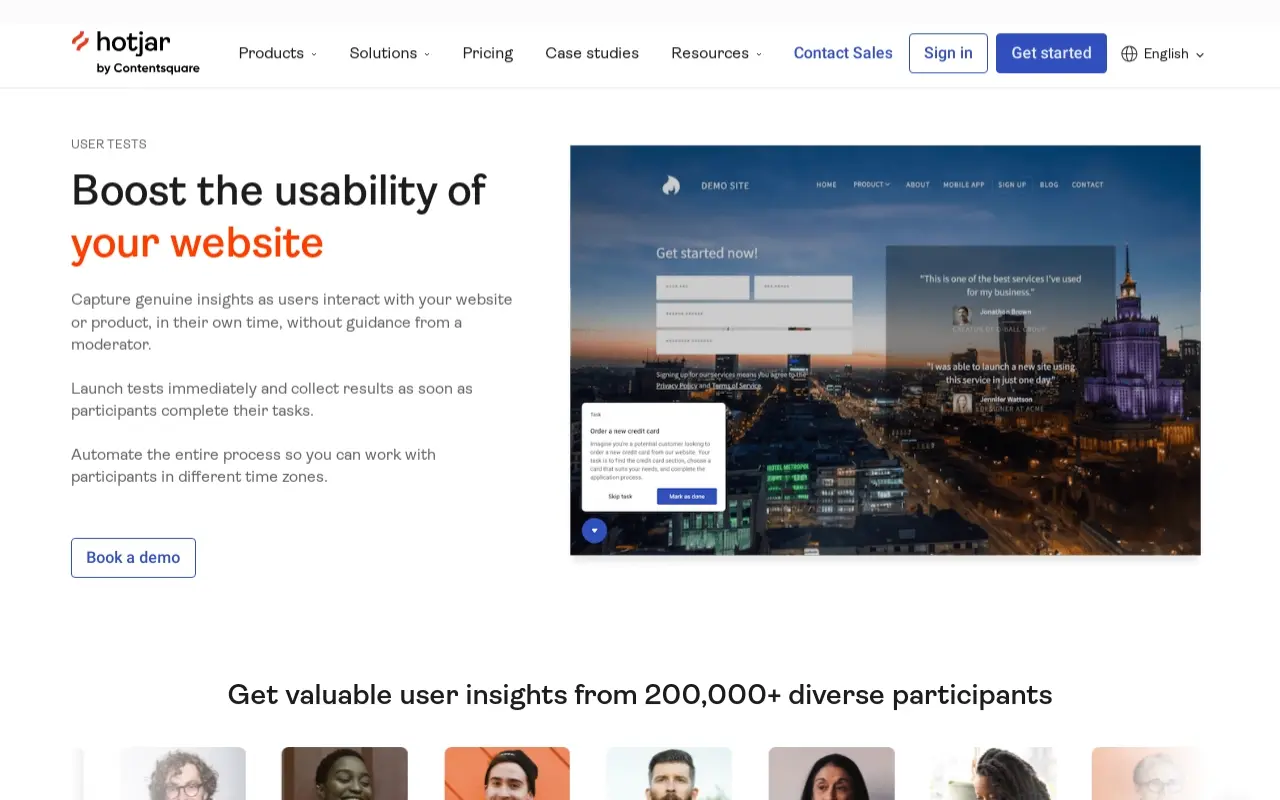
Pros and cons of using Hotjar
Pros
Cons
Pros:
Visual Insights: Heatmaps and session recordings provide a clear understanding of user behavior.
Feedback Polls: Enables direct user feedback through polls and surveys.
Affordable: Offers a relatively affordable solution for website and app analytics.
Easy Integration: Seamlessly integrates with existing websites and apps.
Good for ongoing optimization: Provides constant feedback about user behavior.
Cons:
Limited Usability Testing: Primarily focuses on website and app analytics, rather than comprehensive usability testing.
Qualitative Data Challenges: Analyzing session recordings can be time-consuming and challenging.
Privacy Concerns: Session recordings may raise privacy concerns for some users.
A suite of tools that includes card sorting, tree testing, and first-click testing, enabling you to evaluate information architecture and navigation.
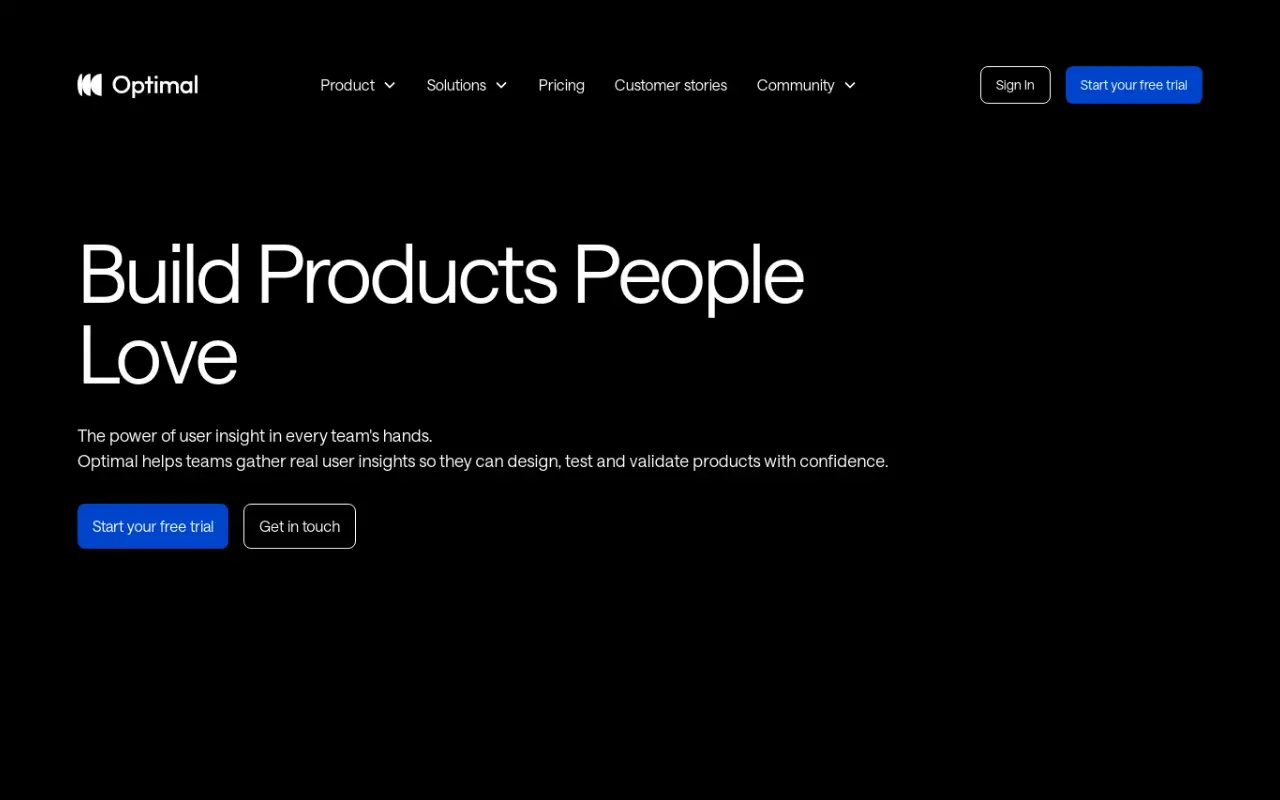
Pros and cons by using Optimal Workshop
Pros
Cons
Pros:
Specialized Tools: Offers a suite of tools specifically designed for information architecture and navigation testing.
Card Sorting and Tree Testing: Enables effective evaluation of website structure and content organization.
First-Click Testing: Provides insights into user navigation and information findability.
Data Driven IA: Helps to create information architecture based on real user data.
Remote capabilities: All testing can be done remotely.
Cons:
Limited Scope: Primarily focused on information architecture and navigation, rather than general usability testing.
Can be Complex: Some of the tools and methodologies may require some training and expertise.
User recruitment is up to the user: Optimal workshop does not provide test users.
Use Cases: Real-World Applications of User Testing
User testing can be applied to a wide range of industries and product types. Its adaptability allows for the evaluation of everything from complex software systems to simple physical interfaces. Furthermore, the insights gained are universally valuable, irrespective of the specific domain, as they focus on fundamental human interaction.
- E-commerce
User testing can help optimize website navigation, checkout processes, and product pages, leading to increased conversion rates and sales. This also helps to reduce cart abandonment and increase customer lifetime value.
- Mobile Apps
In order to guarantee a smooth and simple user experience, usability problems in mobile app interfaces can be found through user testing. By refining the user flow, apps can achieve higher user retention and positive app store reviews.
- Software Development
Software developments' usability can be assessed through user testing, which can also reveal errors and potential areas for development. This allows developers to prioritize features and address user pain points before widespread release.
To make certain that the website satisfies the demands of its intended audience, user testing can evaluate how well layouts, navigation, and content work. This ensures that the site accurately represents the brand and that users find the information they are looking for.
- Physical Products
User testing can evaluate the usability of physical products, such as medical devices, consumer electronics, and household appliances. This ensures that products are safe, efficient, and enjoyable to use.
- Information Architecture
Information architecture, including website navigation and content arrangement in web architecture, can be evaluated through user testing. It also helps to ensure that users can easily find the information they need, promoting a positive user experience.
- Internal Tools
It can ensure that employees can complete their tasks quickly and efficiently for internal tools, like company databases. User testing improves employee productivity and reduces the time spent on training and support.
Conclusion
User testing is an indispensable tool for creating exceptional user experiences. By prioritizing user feedback and incorporating it into the design and development process, you can build products and services that are not only functional but also enjoyable and intuitive.
When choosing a user testing tool, consider factors such as your budget, testing needs, and the size of your user base. Compare features, pricing, and user reviews to find the best fit for your organization.
Remember that user testing is not a one-time event but an ongoing process of continuous improvement. By consistently gathering and acting on user feedback, you can ensure that your products and services remain relevant and valuable to your target audience, fostering long-term loyalty and driving business growth.
Frequently Asked Questions
Are there any common false positives when testing for XSS vulnerabilities?
Automated tools may generate false positives, especially if the application uses unconventional coding practices. Manual verification is essential to confirm and address potential false positives.
What tools are available for automated testing of WordPress themes?
Use tools like Theme Check, PHP_CodeSniffer, and automated testing frameworks such as PHPUnit for unit testing to ensure code quality and theme functionality.
Can I use my Mac VPS for iOS app testing?
Yes, Mac VPS is excellent for iOS testing and development, providing a stable environment for Xcode and other Apple dev tools.
Can I test Roundcube Hosting before long-term commitment?
Yes, you can try Roundcube Hosting for 45 days without ongoing obligations. This gives you time to experience its performance, explore email management tools, and assess its features for your communication needs.

Audee Mirza is a graphic designer and WordPress developer at audeemirza.com who resides in Surabaya, Indonesia. She's also the author of Graphic Identity Blog, a professional logo designer, and often creates vector illustrations for clients and marketplaces. She enjoys good typography design and all kinds of animation.
View all posts by Audee Mirza



















